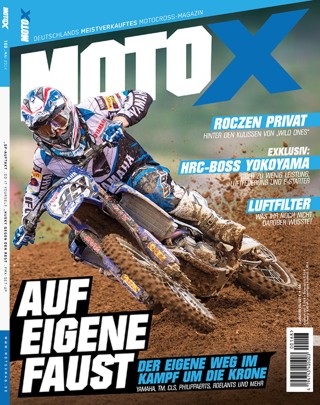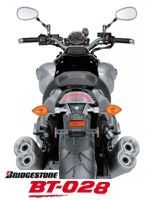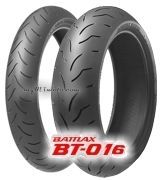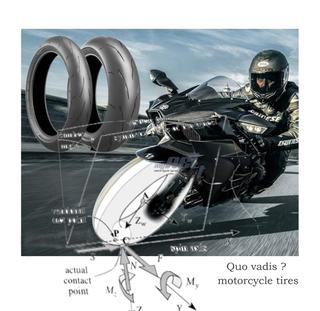your SHOPPING CART
Personal Account
Info: New customer
Register
This is your first order?
You have to create an account, so you can benefit of all myNETmoto advantages.
You have to create an account, so you can benefit of all myNETmoto advantages.
Register


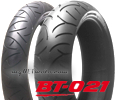 Nachdem letzte Jahr Bridgestone ihren Tourensport Vorderreifen 120/70ZR 7 BT021 wegen zu geringer Laufleistung nachbessern musste,
Nachdem letzte Jahr Bridgestone ihren Tourensport Vorderreifen 120/70ZR 7 BT021 wegen zu geringer Laufleistung nachbessern musste, 